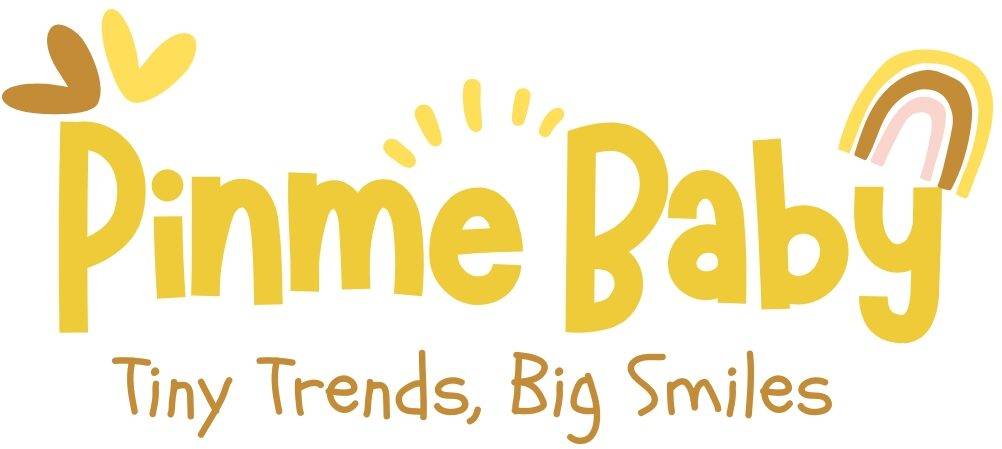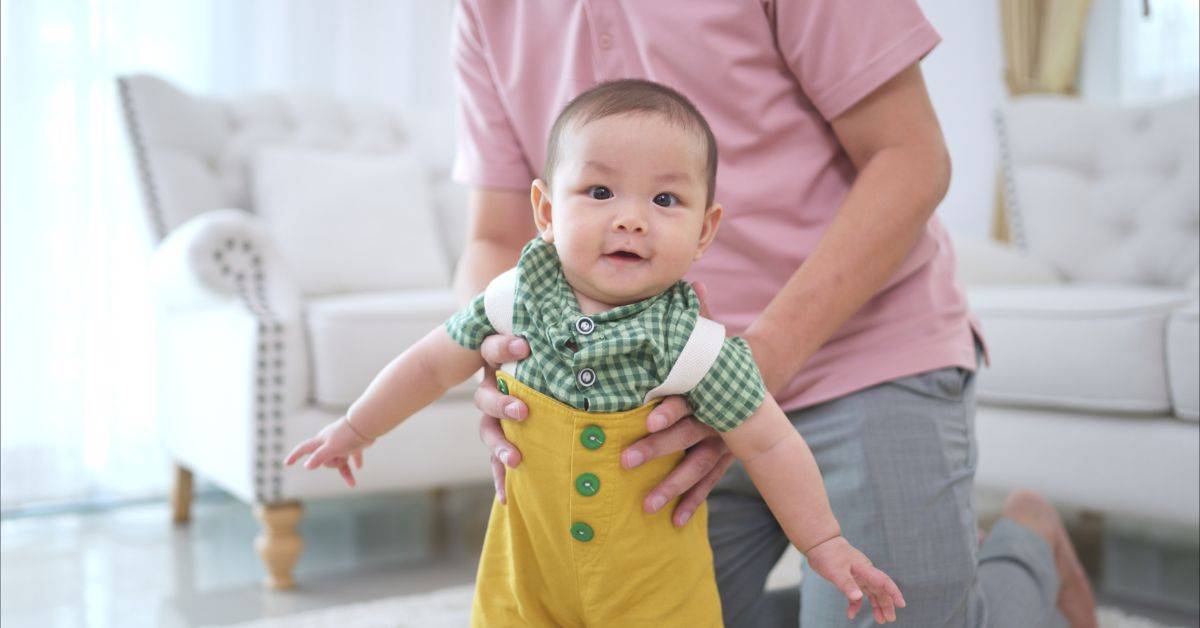Introduction: Baby clothes size chart
Baby clothes size chart browsing the world of children’s clothes can feel like learning a brand-new language. One minute you’re holding a tiny newborn onesie, and the next, you’re questioning how your kid is currently breaking out of their 6-month pajamas. Infants grow at an astonishing pace, especially throughout their first two years. This rapid advancement makes selecting the ideal size of clothes a constant challenge for parents and gift-givers alike. A garment that fits perfectly one week may be snug the next, resulting in a closet of barely worn items.
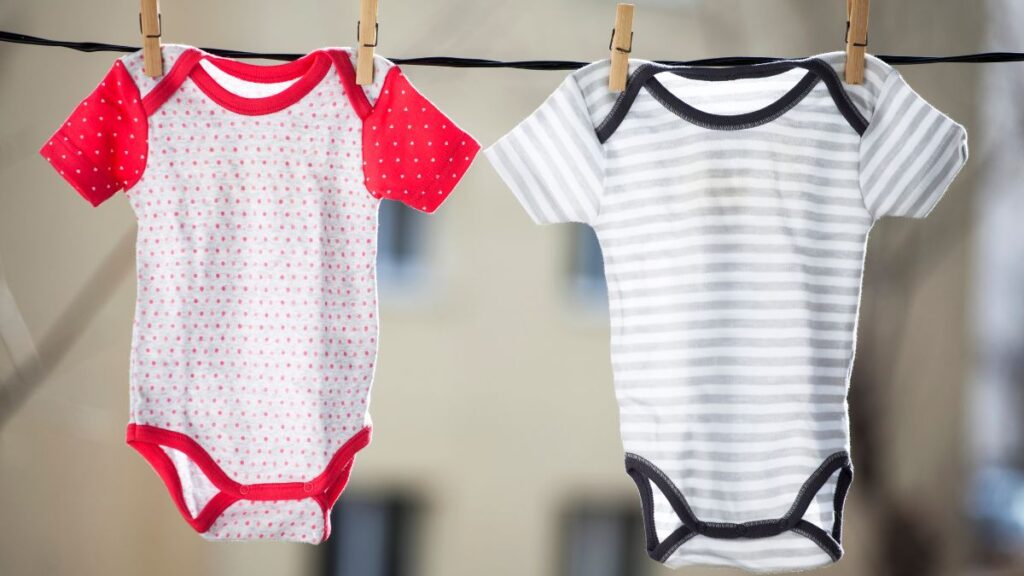
This thorough guide is designed to be your reliable resource for understanding child clothes sizes in 2025. We will debunk the labels, from “Newborn” to “24 Months” and beyond, assisting you in preparing for growth spurts and making smarter acquisition choices. We’ll explore the differences between brands, explain how to determine your child’s proper size, and offer helpful suggestions for building a long-lasting and versatile wardrobe. Our objective is to empower you with the knowledge to keep your baby stylish and comfortable without the stress and waste of constant size-up cycles.
Understanding the Basics of Baby Clothing Sizes
Before diving into in-depth charts, it’s crucial to understand how children’s clothes sizes are structured. Unlike adult sizing, which typically depends on specific measurements, baby sizes are mainly categorized by age. However, this age-based system is more of a standard than a rigorous guideline.
Every child grows at their own special rate. Some babies are born bigger and might avoid the “Newborn” size altogether, while others may use “3-6 Months” clothing well past their six-month birthday. Weight and length are far more reliable signs of a proper fit than age alone.
Requirement Baby Size Categories
The majority of brands in the United States adhere to a similar sizing structure. Here’s a general summary of what you can anticipate finding on the tags:
- Preemie (P): Designed for early children or those with a very low birth weight, generally under 5-6 pounds.
- Newborn (NB): For the very first couple of weeks of life, generally fitting infants from 6 to 9 pounds.
- 0-3 Months: A slightly larger size that uses more space for development after the preliminary newborn stage.
- 3-6 Months: For infants who have outgrown the initial sizes, typically representing weights between 12 and 17 pounds.
- 6-9 Months: A size that bridges the space as babies become more active and begin sitting up.
- 9-12 Months: Often accommodates children as they start to crawl and pull themselves up.
- 12 Months: A specific size for the one-year mark, fitting numerous children around 20-24 pounds.
- 18 Months: For young children who are checking out and strolling, providing more room for motion.
- 24 Months/ 2T: This is where sizing often shifts. “24 Months” is designed for a child still in diapers, with more space in the seat, while “2T” (Toddler) is typically slimmer for a kid who may be undergoing potty training.
Why Do Baby Clothes Sizes Vary So Much Between Brands?
One of the most aggravating aspects of shopping for infant clothes is the lack of standardization across brands. A 6-month-old onesie from one business may be the very same size as a 9-month-old one from another. This disparity occurs since there are no legally mandated sizing requirements for children’s apparel.
Some brand names may create their clothing to be longer and leaner, while others cater to chunkier children with broader cuts. European brand names, for instance, typically size their clothes based on the infant’s height in centimeters (e.g., 62 cm, 68 cm), which can be a more precise approach.
The Ultimate 2025 Baby Clothes Size Chart by Weight and Height
To combat sizing confusion, we’ve compiled a comprehensive chart that aligns age groups with more precise weight and height measurements. Utilize this as your main recommendation when shopping. When in doubt, always size up —your infant will grow into it quicker than you think.
| Age Label | Average Weight (lbs) | Average Height (inches) | Best For |
| Preemie (P) | Up to 6 lbs | Up to 17″ | Premature infants or low birth weight babies. |
| Newborn (NB) | 6 – 9 lbs | 17″ – 21.5″ | The first month of life; many babies outgrow this quickly. |
| 0-3 Months | 9 – 12.5 lbs | 21.5″ – 24″ | The initial growth spurt phase after the newborn stage. |
| 3-6 Months | 12.5 – 17 lbs | 24″ – 26.5″ | When baby starts to fill out and become more active. |
| 6-9 Months | 17 – 21 lbs | 26.5″ – 28.5″ | Good for crawlers and babies beginning to sit up. |
| 9-12 Months | 21 – 24 lbs | 28.5″ – 30.5″ | The stage leading up to the first birthday. |
| 12 Months | 21 – 25 lbs | 28.5″ – 30.5″ | A size often identical to 9-12 but can vary. |
| 18 Months | 25 – 28 lbs | 30.5″ – 32.5″ | Early walkers and active toddlers. |
| 24 Months | 28 – 30 lbs | 32.5″ – 34″ | Designed with extra room for diapers. |
| 2T (Toddler) | 29 – 31 lbs | 34.5″ – 36″ | Slimmer fit, often for children starting potty training. |
Essential Note: This chart represents an average. Always refer to the specific size chart provided by the brand you are purchasing from, as their measurements may vary.
How to Measure Your Baby for the Perfect Fit
Measuring a wriggly infant may seem complicated; however, a few simple strategies can make the process quick and painless. Taking accurate measurements every month or two is the best method to stay ahead of development spurts and ensure you’re purchasing the correct sizes.
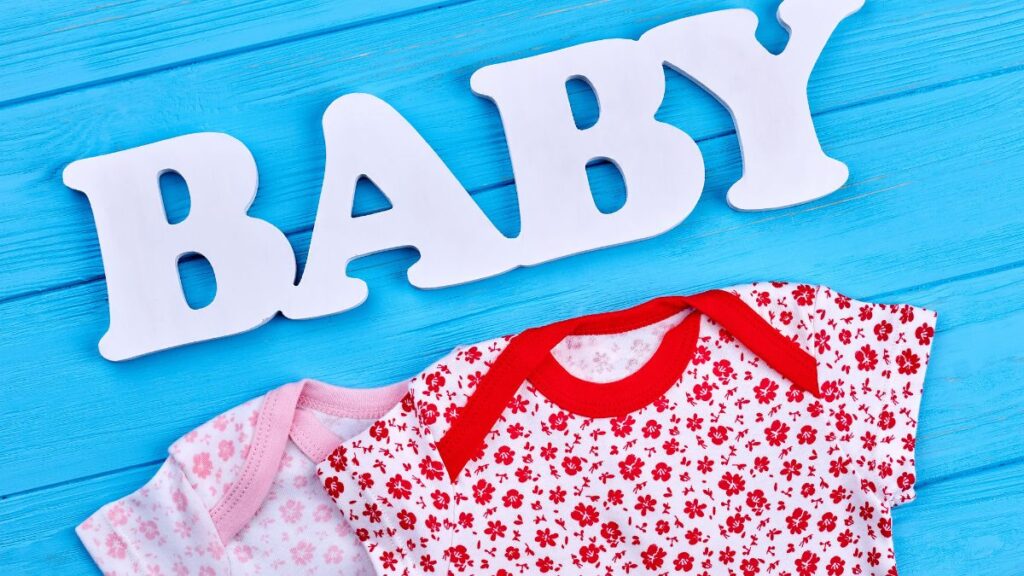
You’ll require a soft, versatile measuring tape.
Measuring Height/Length
For infants who are not yet standing, it’s easiest to determine their length while they are lying down.
- 1. Lay your child on a flat surface, such as a company or the floor.
- 2. Gently extend your baby’s legs so they are as straight as possible.
- 3. Location completion of the soft measuring tape at the top of their head and extend it down to the bottom of their heel. For the most precise reading, place a book at their head and another at their feet, and then determine the range between the books.
Determining Chest
- 1. Wrap the determining tape around the maximum part of your child’s chest, simply under their underarms.
- 2. Guarantee the tape is not tight, however snug, and parallel to the floor.
Measuring Waist
- 1. Discover your infant’s natural midsection, which is usually best above the stomach button.
- 2. Wrap the tape procedure around this area without pulling it too tight.
Determining Hips
- 1. Wrap the measuring tape around the widest part of your infant’s hips and bottom. This is specifically essential for fitting pants and rompers, as you need to account for a diaper.
Keep a small notebook or use a notes app on your phone to track these measurements, along with the date. When your child outgrows the current size, this log will become an essential tool for anticipating the next size up.
Sizing Guides for Different Types of Baby Garments
Not all children’s clothing is created equal. The perfect suit for a sleepsuit is different from that of a coat. Here’s how to approach sizing for numerous wardrobe staples.
Onesies and Bodysuits
The ultimate baby product, a bodysuit or onesie, should fit snugly, however conveniently. Always select the size that corresponds to your infant’s length, even if their weight is in a lower category.
Sleepers and Pajamas
When it comes to safety, sleepwear and convenience are vital. In the United States, children’s sleepwear is subject to stringent flammability requirements by the Consumer Product Safety Commission (CPSC).
- Snug-Fitting Pajamas: Most children’s pajamas are developed to be snug-fitting. This is a safety function designed to decrease the fire threat, as loose fabric can ignite more quickly. These garments should fit like a second skin without being restrictive.
- Flame-Resistant Pajamas: Some pajamas are made from flame-resistant fabrics. These can have a looser fit.
When buying sleepers with feet, length is the most critical aspect. It will uncomfortably scrunch your baby’s toes and restrict motion if the sleeper is too short. It’s typically a good idea to buy footed pajamas one size bigger than your child’s present size.
Pants and Leggings
For child pants, the waist and inseam are the crucial measurements. Many baby pants include soft, flexible waistbands for convenience and flexibility.
Tops and shirts
A well-fitting t-shirt should allow for easy movement without being overly loose or saggy. Focus on the neck opening. A neck that is too tight can be stressful for a baby during dressing and undressing. Many baby tops feature envelope necks or shoulder snaps to make the procedure easier. The sleeve length should end at the wrist; if it covers their hands, it’s too large, and if it reaches their lower arm, it’s too short.
Outerwear: Jackets and Coats
When buying jackets or snowsuits, constantly size up. You need to account for the layers of clothes your child will be wearing beneath. A larger size ensures that their motion isn’t limited, providing total coverage from the cold with the outerwear. When it’s zipped up, ensure that you can comfortably fit two fingers in between the jacket and your baby’s chest.
A Seasonal Guide to Buying Baby Clothes
Children proliferate, making it essential to plan, especially when it comes to seasonal clothing. Buying a winter coat in the proper size requires predicting your child’s size several months in advance.
Purchasing for the Current Season
For clothing your infant will wear instantly, buy a mix of their existing size and the next size up. If your 4-month-old is already in 3-6 month clothing, stock up on sizes 3-6 months; however, also acquire a couple of essential pieces in the 6-9 month category. An unexpected surge in development can occur overnight.
Purchasing For Future Seasons
This is where planning is crucial. Let’s state it’s spring and you have a 3-month-old baby. You’ll need to buy summer clothes for when they are 6-9 months old and winter season clothing for when they are 9-12 months old.
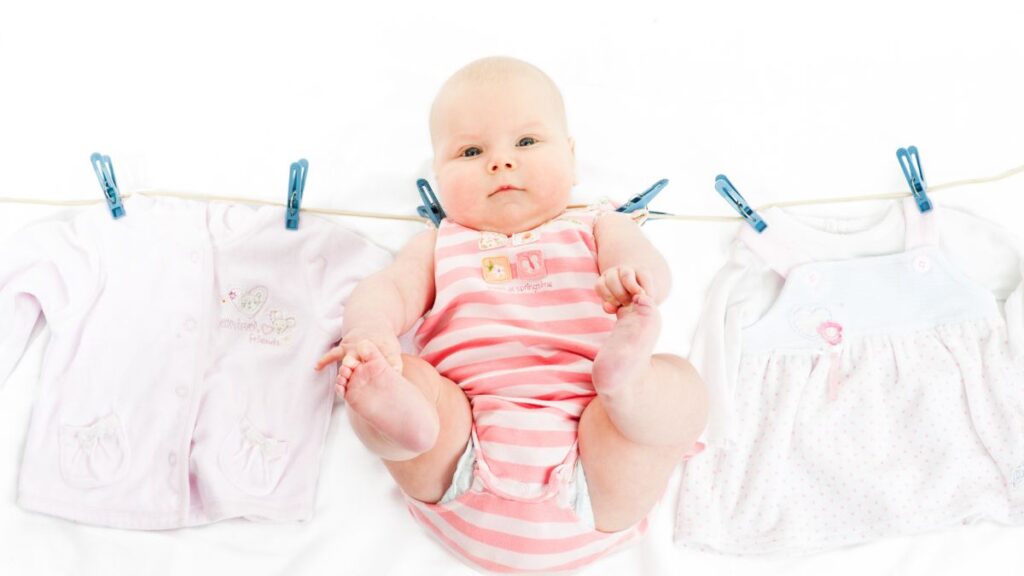
- 1. Look at the size chart: Find your infant’s current weight and height on the chart.
- 2. Job their development: Follow the chart downwards to estimate their size in 3, 6, or 9 months. An infant in the 50th percentile for weight at 3 months (around 12.5 pounds) will likely be around 17 pounds at 6 months and 21 pounds at 9 months.
- 3. Cross-reference with seasons: Based on this projection, you can figure out that you’ll need 6-9 month sizes for summer and 9-12 month sizes for winter.
- 4. Constantly add a buffer: To be safe, consider purchasing a few products in an even larger size. It’s much better to have a coat that’s a little big than one that’s too small to wear when the cold weather hits.
European vs. American Baby Clothes Sizes: A Comparison
You’ll encounter a totally different sizing system if you shop from international or European brand names. This is frequently considered a more straightforward approach than the age-based system used in the United States.
Here is a conversion chart to assist you in equating between the two systems:
| US Size | European Size (cm) |
| Newborn (NB) | 50 – 56 cm |
| 0-3 Months | 56 – 62 cm |
| 3-6 Months | 62 – 68 cm |
| 6-9 Months | 68 – 74 cm |
| 9-12 Months | 74 – 80 cm |
| 12-18 Months | 80 – 86 cm |
| 18-24 Months | 86 – 92 cm |
| 2T | 92 cm |
| 3T | 98 cm |
When purchasing from a European brand, measuring your infant’s height is the most accurate way to select the correct size. Determine their height in centimeters and pick the matching size number. If your baby is 65 cm long, choose size 68 to allow for future growth.
Tips for Building a Smart and Practical Baby Wardrobe.
Building a child’s closet doesn’t have to be frustrating or costly. With a strategic approach, you can ensure your child is always comfortable and well-dressed without overspending.
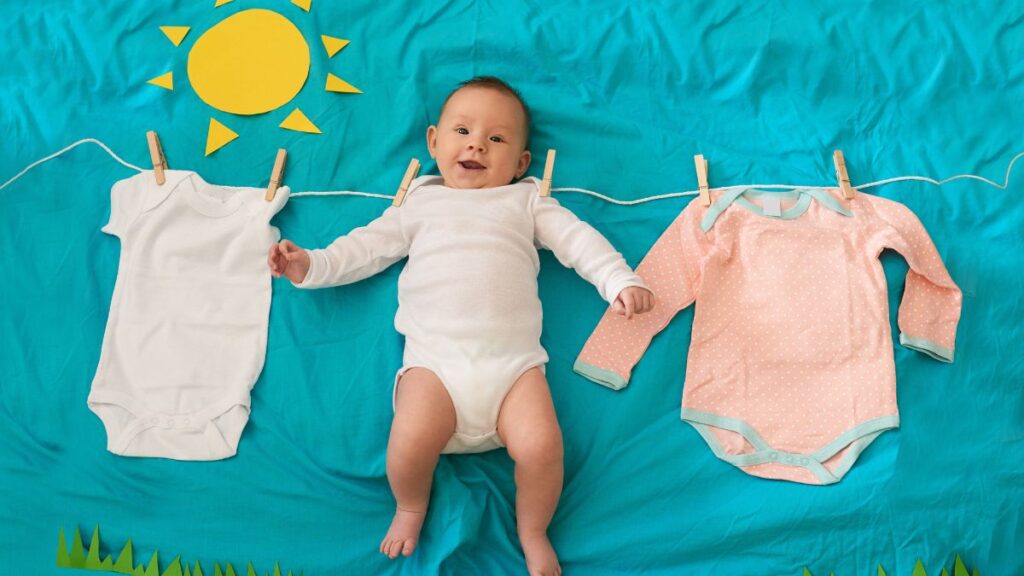
- Prioritize the Basics: Focus on a core collection of basics. You’ll require more onesies, sleepers, and trousers than anything else. An excellent guideline for the very first few months is to have 7-10 onesies and 5-7 sleepers.
- Embrace Hand-Me-Downs and Secondhand: Babies wear their clothes for such a short duration that secondhand products are typically in near-perfect condition. This is an exceptional method to conserve money and minimize the ecological impact.
- Think in Layers: Layering is key to keeping a baby comfortable. Rather than bulky sweaters, choose long-sleeved onesies, cardigans, and lightweight coats. This enables you to adjust their attire to match the changing temperature levels quickly.
- Check the Fabric: Babies have delicate skin, so select soft, breathable, and natural fabrics like natural cotton, bamboo, or merino wool. Look for tags and joints that might irritate their skin.
- Don’t Remove All the Tags: When you purchase clothes in future sizes, keep the tags on. If your infant has an unforeseen growth spurt and skips a size completely, you can frequently return or exchange the unworn items.
- Organize by Size: A well-organized closet is a lifesaver. Use drawer dividers or closet organizers to separate clothes by size (Newborn, 0-3M, 3-6M, and so on). This makes it simple to see what you have and grab what you require. When your infant outgrows a size, instantly pack those clothes away to prevent confusion.
Regularly Asked Questions (FAQ) About Baby Clothes Sizes.
1. Should I clean baby clothes before my infant wears them?
It’s essential to wash all brand-new clothing before putting it on your infant. Use a mild, fragrance-free cleaning agent particularly developed for sensitive skin.
2. My baby is 4 months old; however, she fits in 9-month clothing. Is this regular?
Yes, this is entirely regular. The age on the tag is simply an estimate. All babies grow at various rates. Some are naturally larger, longer, or heavier than the “average” infant used for sizing models. Trust your child’s weight and length measurements over their age when selecting clothes.
3. What is the difference between 24 Months and 2T?
This is a common point of confusion. The primary difference is the fit, which is designed explicitly for diaper-wearing and bathroom training.
- 24 Months: Sized for a child still in diapers. These clothes generally have a rounder shape with more space in the seat and are frequently developed as one-piece clothing, such as rompers or those with functional snaps at the crotch.
- 2T (Toddler): Sized for a young child who is likely beginning to potty train. The cut is slimmer, particularly through the torso and bottom, as it does not require accommodating a bulky diaper. 2T clothing likewise tends to be two-piece sets (t-shirt and trousers), making it easier to use the toilet.
4. How can I make infant clothes last longer?
To extend the life of infant clothing, wash it in cold water on a mild cycle and tumble dry on a low heat setting or hang it to dry. Avoid using harsh bleach or fabric softeners. For products with extenders, like some bodysuits, use them to get a couple of extra weeks or months of wear. For trousers that are too long, merely cuff the bottoms up until your baby turns them in.
5. How many clothes do I really require in each size?
This depends upon how frequently you do laundry. A good starting point for the early months is:.
- 7-10 Bodysuits (a mix of short- and long-sleeved).
- 5-7 Sleepers (footed or sleep sacks).
- 3-5 Pairs of pants/leggings.
- 2-3 Sweaters or cardigans.
- 5-7 Pairs of socks.
- 1-2 Hats (one for sun, one for heat).
- 1 Seasonally proper jacket or snowsuit.
You do not need a massive closet in the smaller sizes since your baby will outgrow them very rapidly.
6. What are the finest brands for tall/skinny or short/chubby babies?
Brand names like Carter’s and Old Navy typically fit “typical” babies well. European brands (like H&M, Zara, or Hanna Andersson) tend to run longer and slimmer, making them an excellent option for tall, lean babies.
European brand names, for instance, often size their clothes based on the infant’s height in centimeters (e.g., 62 cm, 68 cm), which can be a more accurate approach. It’s often sensible to purchase footed pajamas one size bigger than your infant’s existing size.
For clothing your baby will use right away, purchase a mix of their existing size and the next size up. If your baby is 65 cm long, choose size 68 to allow for growth and development.
When your baby outgrows a size, immediately pack those clothes away to prevent confusion.
<script type="application/ld+json">
{
"@context": "https://schema.org",
"@type": "BlogPosting",
"mainEntityOfPage": {
"@type": "WebPage",
"@id": "https://pinmebaby.com/baby-clothes-size-chart-guide-for-faster-2025/"
},
"headline": "Baby Clothes Size Chart Guide for Faster Growth Stages 2025",
"description": "Baby clothes size chart shopping for infant clothing is one of the sweetest parts of preparing for a brand-new arrival. The best size isn’t simply about appearances– it affects comfort, security, and the freedom for your little one to explore their world.",
"image": "https://pinmebaby.com/wp-content/uploads/2025/09/baby-clothes-size-chart-4.jpg",
"author": {
"@type": "Person",
"name": "Shokhina Begum",
"url": "https://pinmebaby.com/about-us/"
},
"publisher": {
"@type": "Organization",
"name": "Shokhina Begum",
"logo": {
"@type": "ImageObject",
"url": "https://pinmebaby.com/wp-content/uploads/2025/09/cropped-pinmebaby.jpg"
}
},
"datePublished": "2025-09-10",
"dateModified": "2025-09-10"
}
</script>